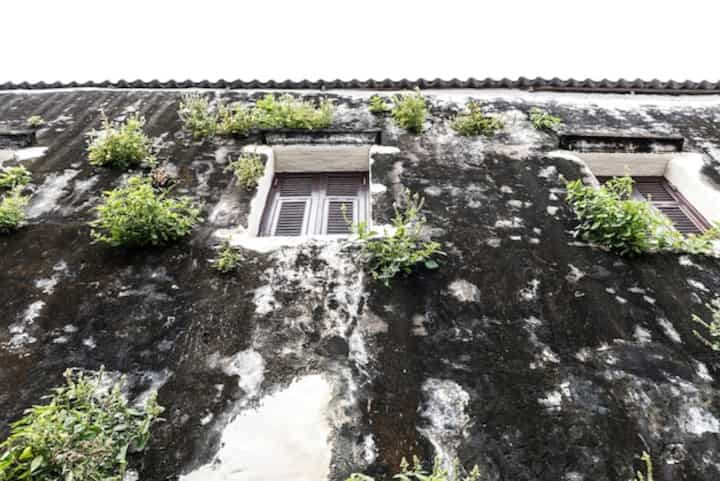
Expert Mold Inspections and Remediation Services in East Point
Mold growth is a persistent issue that can affect both residential and commercial properties, leading to health concerns and structural damage. In East Point, expert mold inspections and remediation services are crucial for maintaining safe and healthy environments. Identifying and addressing mold issues promptly can prevent extensive damage and costly repairs. This article explores the importance of professional mold services, the inspection process, and effective remediation strategies.
The Importance of Mold Inspections
Mold inspections are vital for detecting hidden mold growth that may not be visible to the naked eye. Professional inspectors use specialized tools and techniques to identify potential problem areas. Mold can grow in various parts of a building, including:
- Attics
- Basements
- Bathrooms
- Kitchens
- Behind walls and under flooring
Conducting regular mold inspections can help in early detection and prevent mold from spreading. Explore further insights here to understand the benefits of timely inspections.
Comprehensive Mold Inspection Process
Visual Examination
The initial step in a mold inspection involves a thorough visual assessment of the property. Inspectors look for visible signs of mold growth, water stains, and any areas with excess moisture. They also assess ventilation systems and other potential sources of mold proliferation.
Moisture Mapping
Moisture mapping is employed to identify damp areas that may not yet show visible signs of mold. This process involves using moisture meters and infrared cameras to detect hidden moisture behind walls, under floors, and in other concealed locations. Learn more in this detailed guide about moisture detection methods.
Air Sampling
Air sampling is a crucial part of mold inspections, providing information about the types and concentrations of mold spores present in the air. This data helps determine the severity of the mold issue and guides the remediation process.
Effective Mold Remediation Strategies
Containment
Containment is essential to prevent mold spores from spreading to unaffected areas during the remediation process. Professionals use physical barriers and negative air pressure systems to isolate the contaminated zones.
Removal of Affected Materials
Materials that are heavily infested with mold, such as drywall, insulation, and carpeting, often need to be removed and disposed of. This step is crucial to ensure that mold does not reappear after the remediation process.
Cleaning and Disinfecting
Specialized cleaning agents and techniques are employed to remove mold spores from surfaces. This step includes vacuuming with HEPA filters, wiping down surfaces, and applying antimicrobial treatments to prevent future growth.
Restoration
After the remediation process, restoration work may be necessary to bring the property back to its original condition. This can involve repairing or replacing drywall, repainting, and restoring any other areas affected by mold.
Read more about this topic for a comprehensive overview of the remediation process and strategies.
Preventive Measures for Mold Growth
Preventing mold growth requires a proactive approach, including regular maintenance and addressing any water intrusion issues promptly. Key preventive measures include:
- Ensuring proper ventilation in high-moisture areas such as bathrooms and kitchens.
- Repairing leaks in roofs, windows, and pipes immediately.
- Using dehumidifiers in damp areas to maintain optimal humidity levels.
- Regularly cleaning and maintaining HVAC systems.
Find additional information here on how to implement effective mold prevention strategies.
In conclusion, expert mold inspections and remediation services in East Point are indispensable for safeguarding health and property. By understanding the importance of timely inspections and employing effective remediation strategies, property owners can maintain a mold-free environment. Regular maintenance and preventive measures further ensure the longevity and safety of buildings.